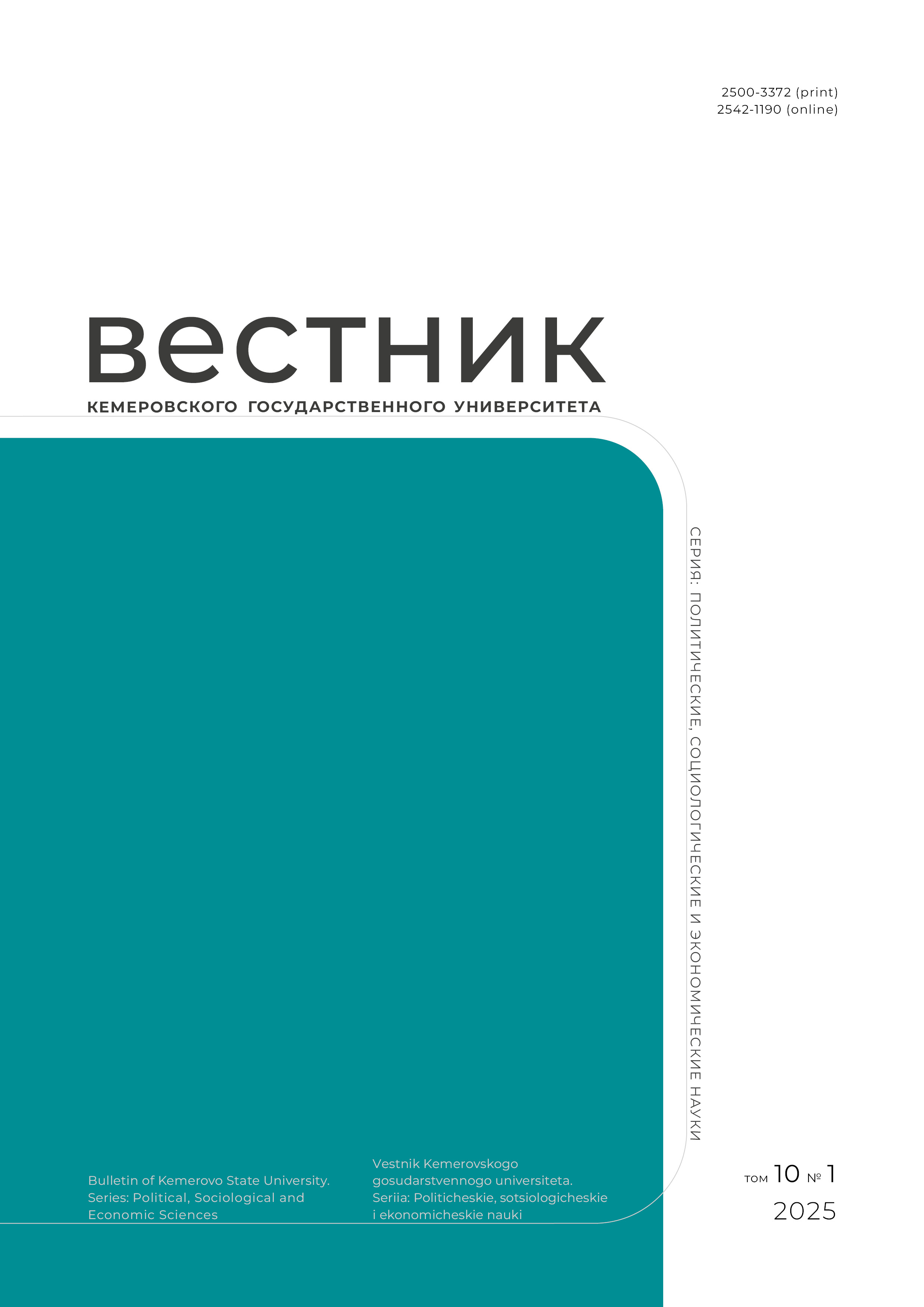Karaikudi, India
UDC 33
It is indeed a great misnomer to analyze the dimensions of academic capitalism with the steady rise of entrepreneurial university in line with Western educational policies. It has been a long journey in emerging underdeveloped economies has given the dream of the next superpower where entrepreneurial universities are a very recent concept of post-liberal economy, change in governmental practices and bureaucratic affairs. This has led to a stronger innovation landscape of industry-education-government nexus in building the nation. Recent years have seen the great crisis of COVID-19 pandemic which has changed the ideologies and theoretical models underlying economically well-off states and the velocity of money circulation. Amidst the huge amount of literature in entrepreneurial university studies, very little work has been done which answers the very pertinent question and covers the research gap. Namely, how the Triple Helix model arrived in India and how the central government in India dramatically changed its beliefs by inheriting such a model in its innovation practices. The model that championed the cause of bringing about new products, economic welfare and product development. These transformed India's idea of being an importer of healthcare facilities to becoming an expert and exporter of medical facilities, thus completely reversing the cycle of trade and global logistics in healthcare economic practices. This paper works on such an exploratory case study concerning India's success story in employing triple helix model of innovation in national policy practices and world economy.
world economy, entrepreneurial university, disruptive innovation, crisis, Indian national policy
1. Etzkowitz H., Leydesdorff L. The Triple Helix: University - Industry - Government relations: a laboratory for knowledge based economic development. EASST Review, 1995, 14(1): 14-19.
2. Agrawal A. K. University-to-industry knowledge transfer: literature review and unanswered questions. International Journal of Management Reviews, 2001, 3(4): 285-302. DOI:https://doi.org/10.1111/1468-2370.00069
3. Janice V. W., Famiola M. Perceived risks in entrepreneurial process among culinary SMEs. International Journal of Management and Applied Science, 2018, 4(11): 21-27.
4. Clark B. R. Creating entrepreneurial universities: organizational pathways of transformation. Oxford: Pergamon, 1998, 163.
5. Altbach P. G. Globalization and the university: myths and realities in an unequal world. Tertiary Education and Management, 2005, 10(1): 3-25. DOIhttps://doi.org/10.1023/B:TEAM.0000012239.55136.4b
6. Audretsch D. B., Lehmann E. E., Warning S. University spillovers and new firm location. Research Policy, 2005, 34(7): 1113-1122. DOI:https://doi.org/10.1016/j.respol.2005.05.009
7. Audretsch D. B. Entrepreneurial society. N. Y.: Oxford University Press, 2007, 248.
8. Stake R. E. The art of case study research. Thousand Oaks, Calif.: Sage, 1995, 175.
9. Kirby D. A. Entrepreneurship education: can business schools meet the challenge? Education and Training, 2004, 46(8/9). DOIhttps://doi.org/10.1108/00400910410569632
10. Etzkowitz H. The evolution of the entrepreneurial university. International Journal of Technology and Globalization, 2004, 1(1): 64-77. DOIhttps://doi.org/10.1504/IJTG.2004.004551
11. Etzkowitz H., Leydesdorff L. The dynamics of innovation: from National Systems and "Mode 2" to a Triple Helix of University - Industry - Government relations. Research Policy, 2000, 29(2): 109-123. DOI:https://doi.org/10.1016/S0048-7333(99)00055-4
12. Drucker P. F. Innovation and entrepreneurship: practice and principles. London: Heinemann, 1985, 258.
13. Middlehurst R. Changing internal governance: a discussion of leadership roles and management structures in UK universities. Higher Education Quarterly, 2004, 58(4), 258-279. DOI:https://doi.org/10.1111/j.1468-2273.2004.00273.x
14. Krueger N. F. Entrepreneurial intentions are dead: Long live entrepreneurial intentions. Understanding the entrepreneurial mind, eds. Carsrud A. L., Brannback M. London: Springer, 2009, 51-72. DOI:https://doi.org/10.1007/978-1-4419-0443-0_4
15. Acs Z. J., Braunerhjelm P., Carlsson B., Audretsch D. B. Knowledge creation, entrepreneurship, and economic growth: a historical review. Industrial and Corporate Change, 2009, 18(6): 1193-1229. DOIhttps://doi.org/10.1093/icc/dtp043
16. Sampath P. G., Ayitey D. External opportunities, innovation and industrial growth: The case of GVCs in Africa. Sustainable industrialization in Africa, eds. Sampath P. G., Oyelaran-Oyeyinka B. London: Palgrave Macmillan, 2016, 85-12. DOI:https://doi.org/10.1007/978-1-137-56112-1_5
17. Shenoy M. Industrial ecology in developing countries. Taking stock of industrial ecology, eds. Clift R., Druckman A. Cham: Springer, 2016, 229-245. DOI:https://doi.org/10.1007/978-3-319-20571-7_11
18. Quartey S. H., Oguntoye O. Understanding and promoting industrial sustainability in Africa through the Triple Helix approach: a conceptual model and research propositions. Journal of the Knowledge Economy, 2020. DOI:https://doi.org/10.1007/s13132-020-00660-2
19. Etzkowitz H. Research groups as 'quasi-firms': the invention of the entrepreneurial university. Research Policy, 2003, 32(1): 109-121. DOI:https://doi.org/10.1016/S0048-7333(02)00009-4
20. Spivak G. C. Can the subaltern speak? Marxism and the interpretation of culture, eds. Nelson C., Grossberg L. Urbana: University of Illinois Press, 1988, 271-313.
21. Bednarzewska K. University - Business - Government the Triple Helix model of innovation. Managing innovation and diversity in knowledge society through turbulent time: Proc. MakeLearn and TIIM Joint Intern. Conf., Timisoara, 25-27 May 2016. Bangkok-Celje-Lublin: ToKnowPress, 2016, 109-110.
22. Cai Yu. Implementing the Triple Helix model in a non-Western context: an institutional logics perspective. Triple Helix, 2014, 1(1). DOI:https://doi.org/10.1186/s40604-014-0001-2
23. Galvao A., Mascarenhas C., Marques C., Ferreira J., Ratten V. Triple Helix and its evolution: a systematic literature review. Journal of Science and Technology Policy Management, 2019, 10(3): 812-833. DOI:https://doi.org/10.1108/JSTPM-10-2018-0103

















